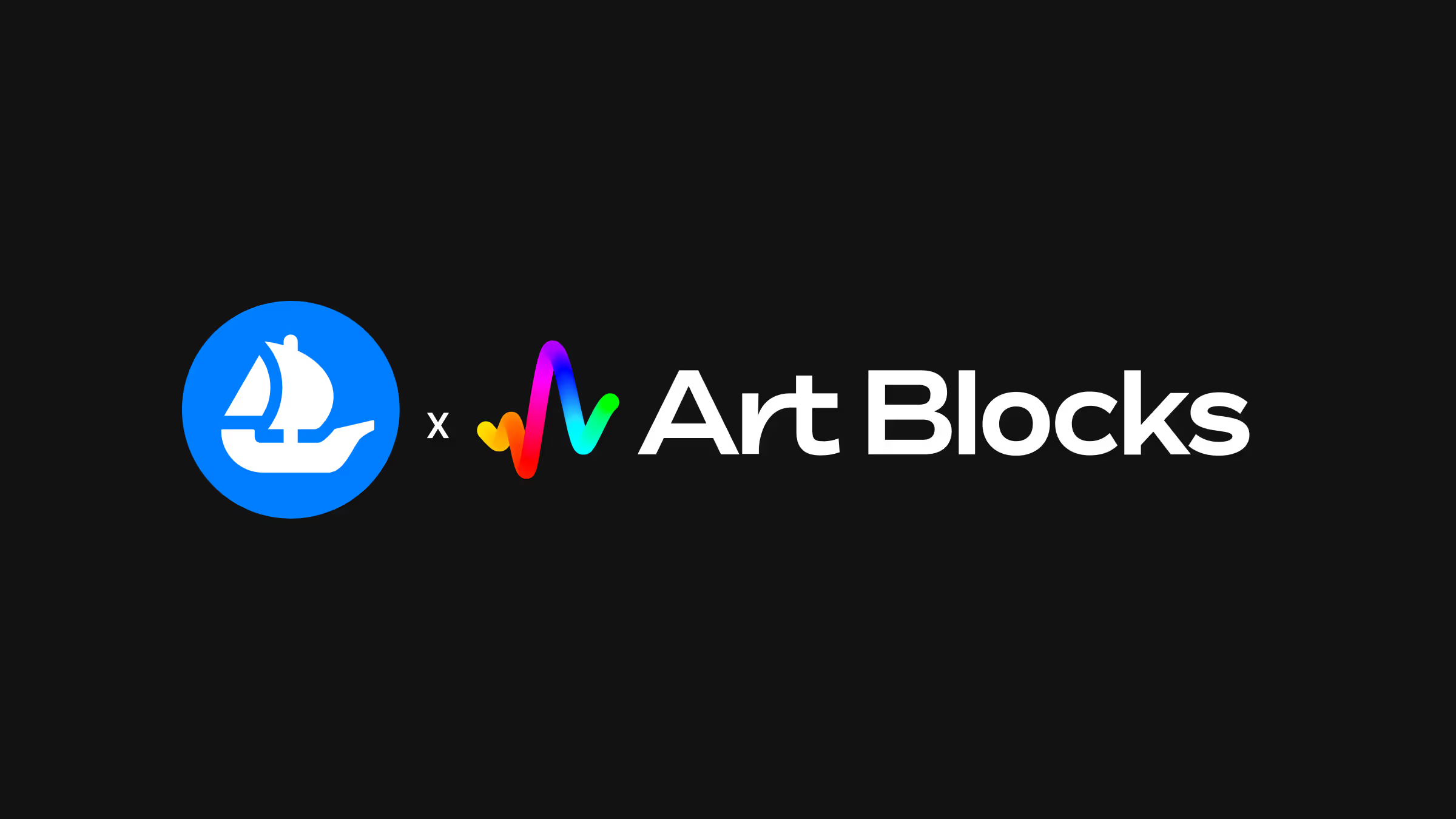Welcome to the OpenSea digest. Let’s look back through the biggest NFT and web3 news of the week.
Yuga Labs prepares to open a new entry point to Otherside
Yuga Labs, the group behind the Bored Ape Yacht Club, opened the Koda Nexus on Nov. 12 as the new home base inside its virtual world, Otherside.
In posts on X, co-founder Greg Solano said the space functions as a full city with districts, an ancient temple, and challenges that refresh every few weeks, and the trailer reflects that tone with a glowing portal, rushing player squads, and early looks at swampy and neon-lit regions.
Solano also said players can log in with an email or an X account and automatically receive a self-custodied wallet behind the scenes, which is a basic crypto wallet a person controls directly.
Everything collected inside the Nexus, including items, badges, and avatars, is recorded on-chain, which Solano described as a way for players to keep ownership of what they collect.
Disney joins Abstract’s blockchain network through a partnership with Cryptoys
Disney has entered the Abstract blockchain network through a new partnership with Cryptoys, a digital collectibles platform that will turn Disney characters into on-chain items fans can own.
The collaboration uses a crypto wallet in the background to authenticate ownership, which means fans receive a digital token proving an item belongs to them instead of keeping it in a company database.
Abstract says the project could eventually connect these collectibles to games and interactive spaces built on its network, although details have not been announced.
Peppa Pig teams up with Imaginary Ones for a new bubble-themed project
Web3 art collective Imaginary Ones announced a new partnership with Peppa Pig and Hasbro, adding the agreement to a growing list of licensed NFT collaborations.
In a post, Imaginary Ones co-founder Clement Tan reflected on the early NFT boom and said the team kept building through the quieter years, which led them to securing deals with Peppa Pig and the Korean character brand Pucca.
He framed the announcements as a sign that more established entertainment companies are now engaging with web3 projects that have stayed active over time.
Circle considers creating a native token for its Arc blockchain
Circle, the company behind the USDC stablecoin, said in its third-quarter earnings release that it may introduce a native token for Arc, its new blockchain for stablecoin payments.
Arc is now in public testnet, and more than 100 companies in banking, payments, digital-item markets, technology and capital markets have reportedly joined the network, along with issuers and developers.
Chief Executive Jeremy Allaire said in the release that the level of participation reflects growing interest from both established financial firms and crypto companies. Circle also said USDC usage grew in the third quarter and linked part of that growth to early activity around Arc.
Sui introduces USDsui, a new stablecoin issued by Stripe-owned Bridge
Sui just announced plans to launch USDsui, a new dollar-backed token built with Bridge, the Stripe-owned stablecoin infrastructure firm.
According to the announcement, the token will serve as a native stablecoin across the Sui network and will work in wallets, payments apps and basic DeFi tools on the chain.
Sui said USDsui is designed to comply with the GENIUS Act, the new U.S. law that sets rules for how payment stablecoins must be issued and supervised once it goes into effect.
Sui described USDsui as a simple way for developers and users to move money inside its growing ecosystem.
Art on Tezos hosts a four-day digital art program in Berlin
Art on Tezos hosted a three-day event in Berlin that brought together artists, curators and digital art platforms for exhibitions, talks and screenings tied to blockchain art.
The program featured work from over 200 artists shown by 20 exhibitors across five locations, along with an opening-night party and daily programming.
Organizers said the event aimed to show how blockchain now supports experimentation and direct-to-collector distribution, long after the peak speculation of 2021. Programming showcased work built with AI, generative tools, and interactive systems, and artists explained how each piece came together. Meanwhile, off-site events across the city turned cafés and galleries into temporary exhibition spaces across Berlin.
Several well-known Tezos artists took part in the event, representing many of the creators who have shaped the chain’s digital art scene.
World of Women introduces $WOWSTR, a new token for its digital art brand
World of Women introduced a new token called $WOWSTR as the next step in its ecosystem. The team describes $WOWSTR as the currency that keeps the WoW world in motion, with each trade or action tied to the token feeding back into the project’s internal economy.
A new website outlines where $WOWSTR fits into what comes next for holders, collectors, and fans who have followed the project since its earliest days.
UFC launches on-chain identity and collectibles program with Fight.ID
Ultimate Fighting Championship (UFC) announced a multi-year partnership with Fight.ID that brings parts of its fan and athlete ecosystem onchain, including athlete licensing, digital collectibles, loyalty rewards, and VIP access.
Fight.ID is a web-based platform for combat-sports fans and athletes that uses blockchain technology to create a verified digital identity, track rewards and support fan interaction.
In its post on X, UFC framed the rollout as a way to connect its reported 700 million fans and 700 fighters inside one verifiable system. The group says the system will run on a single network that confirms identity and ownership, which means fans will potentially have a way to hold authenticated digital items tied directly to fighters and events.
Early access is now live on the Fight.ID app.
Telcoin Digital Asset Bank receives approval to launch first Digital Asset Depository Institution in the United States
Nebraska regulators approved Telcoin, a fintech firm focused on blockchain payments, to open a new bank that links ordinary U.S. accounts to digital dollars. According to the press release, the bank will issue eUSD, a stablecoin backed by cash and short-term Treasuries in regulated reserves.
In the release, Telcoin emphasized its plans to work with community banks that want access to this model. Patrick Gerhart, the company’s president of banking operations, said only a small share of the roughly 5,000 U.S. banks have the resources to handle digital assets on their own, and Telcoin aims to help the rest.
“We look forward to helping the other 95 percent of U.S. banks stay relevant and connect to blockchain-based finance in a safe and sound manner,” he said.
Disclaimer: This content is for informational purposes only and should not be construed as financial or trading advice. References to specific projects, products, services, or tokens do not constitute an endorsement, sponsorship, or recommendation by OpenSea. OpenSea does not guarantee the accuracy or completeness of the information presented, and readers should independently verify any claims made herein before acting on them. Readers are solely responsible for conducting their own due diligence before making any decisions.
.png)



.avif)

.png)


.png)

.png)
.png)